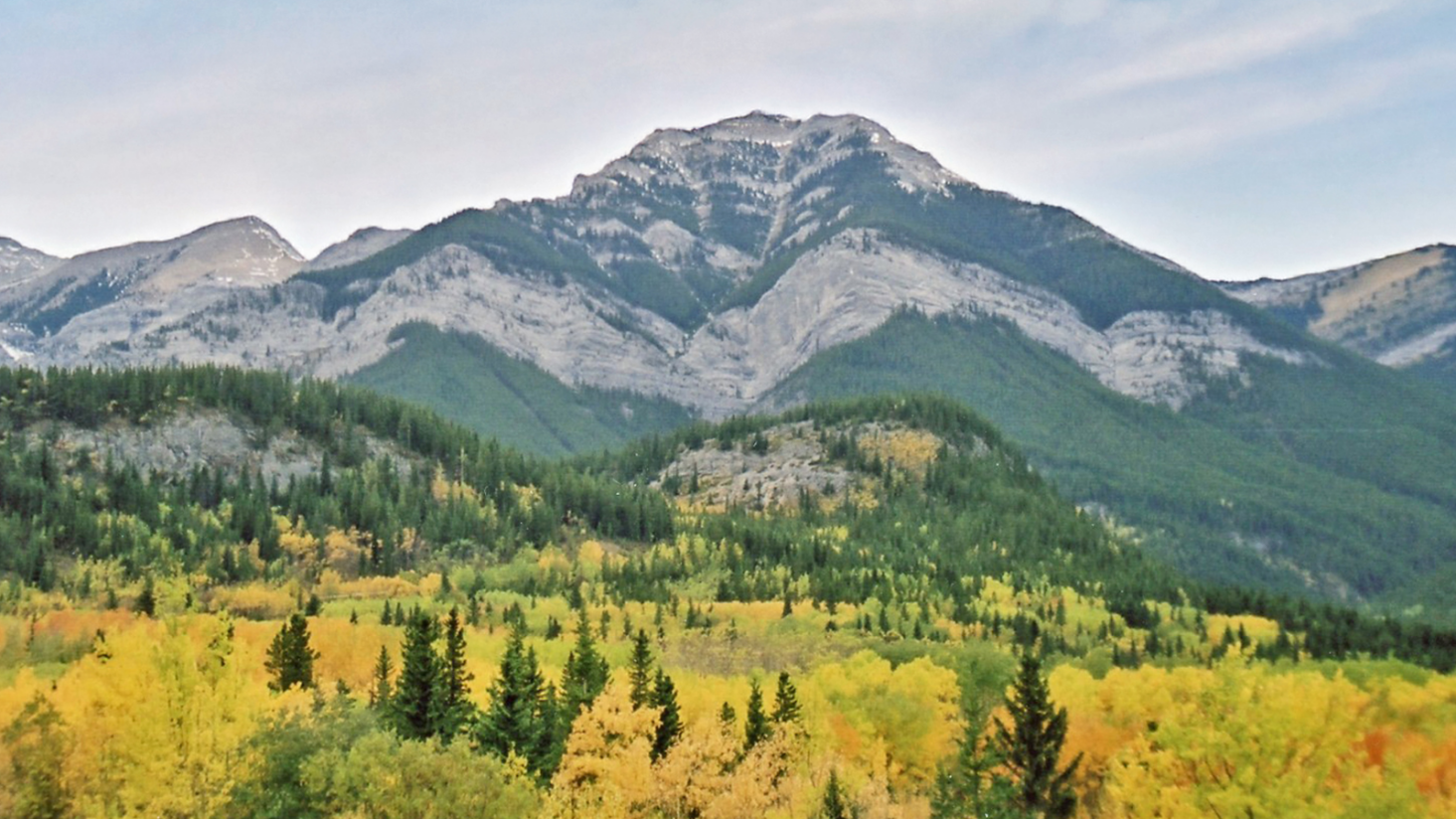There’s a lot of conversation right now about forest harvesting in southern Alberta, specifically in the Upper Highwood region of Kananaskis.
Let’s talk facts. Forest harvesting is planned to occur in Kananaskis Country in 2023 — just as it has for the past 70 years. And we still have so much forest to enjoy in the area because forestry operations are 100 per cent sustainable. You wouldn’t see decades-old forest companies celebrating almost a century of business if they weren’t.
This isn’t a new phenomenon. The harvest area for the next two years will total 1,100 hectares spread among 11 different harvest openings over a planning area of 43,000 hectares. The total harvest will equate to 0.26 per cent of the forest area in Kananaskis and will be promptly reforested with the same type and mix of trees that were there before.
K-Country is and always has been mixed-use. Two-thirds of the area is protected as a park where commercial resource development is prohibited. In the remaining third, forestry, oil and gas, grazing and other natural resource development can take place and are heavily regulated. This approach has worked for years, allowing Albertans to enjoy breathtaking landscapes, the sustainable forest products they depend on every day and the ability to support their families by working in a sector that has responsibly stewarded the land for generations.
We are proud of our sustainability record. When we manage a forest, we are not just planning for timber but for all values of the forest, from water and wildlife to recreation and more. Community engagement is a cornerstone of our forest management plans and helps shape how forest operations unfold. It’s about more than just being a good neighbour — it’s about getting to know what’s important to our communities and what we need to plan for.
A recent column in the Calgary Herald claimed that harvesting in K-Country would destroy grizzly bear habitat. The fact is that grizzly bears depend on new and disturbed forests for sustenance — berry patches grow in these areas, not in mature forests where the sun cannot reach the forest floor. Grizzly bears were listed federally in 2010 as a species of concern (and deemed threatened in Alberta), but their numbers are on the rise and Alberta’s forest industry has played a key role in recovery, including supporting research and adapting our practices. As a result, grizzly bear numbers may have increased almost 40 per cent since 2010.
Bull trout are no exception. The forest sector adheres to strict federal codes of practice for operations near fish-bearing streams or habitats to mitigate risks of habitat fragmentation, alteration and removal. This includes leaving forest buffers between these features and forest operations. The forest industry can be part of the solution to species recovery. The biggest unmitigated threats to bull trout today are competition, hybridization and fishing.
People often talk about protecting “old-growth” forests in Alberta. A typical forest in southern Alberta will burn every 30 to 80 years. Mature forests in our province are a far cry from the thousand-year-old coastal cedars we envision when we hear the term “old-growth.” Alberta’s forests are constantly renewing, and that renewal is essential for their long-term health and resiliency. Young and growing forests provide a host of benefits — habitat for species such as grizzly bears and moose, stronger resiliency to pests such as the mountain pine beetle, and greater sequestration of carbon, to name a few.
It’s well known that forests fight climate change, but there’s a small but important nuance missing: forests that are managed through sustainable harvesting and replanting fight climate change.
Consider this year’s wildfire season. Forests that burn will release all the carbon captured in their lifetime back into the environment. It’s estimated that the burned forests in Canada this year alone have emitted 263 megatonnes of carbon. In contrast, the carbon sequestered by sustainably managed forests remains locked within wood products in perpetuity. The stunning Rocky Ridge Recreation Centre in Calgary boasts beautiful wood beams that store an impressive 2,537 tonnes of carbon dioxide, or the equivalent of removing 551 cars from the road for a year.
Sustainable forest management means high-quality forest products, jobs for more than 30,000 Albertans and $13.6 billion in economic outputs. Not to mention clean air, diverse habitat for wildlife and breathtaking forests, forever. But that’s just business as usual.
Jason Krips is president and CEO of the Alberta Forest Products Association.


